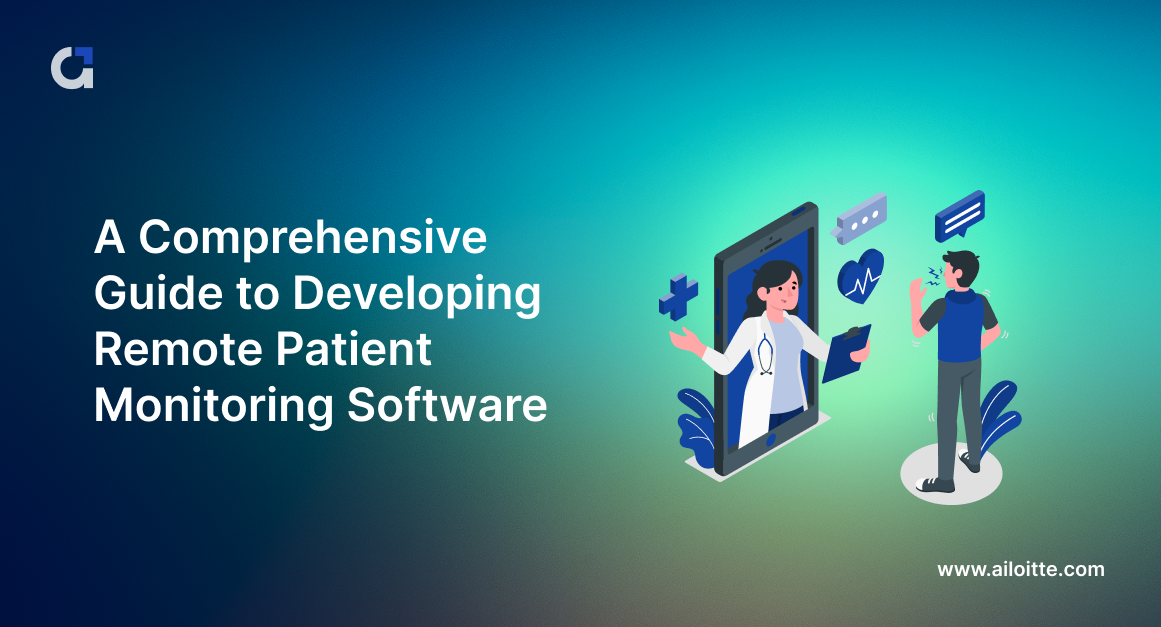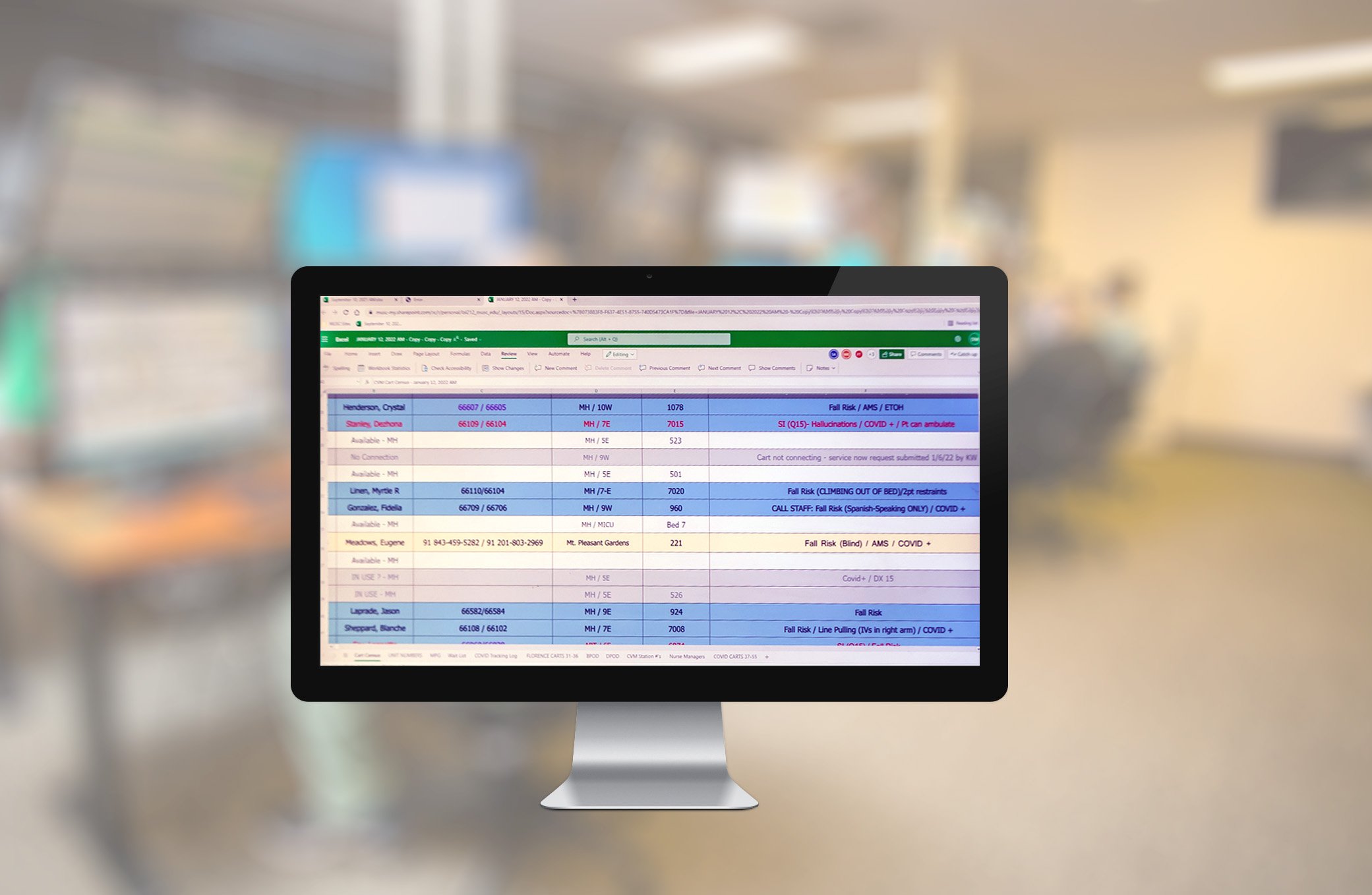User-Friendly Software for Remote Patient Monitoring: Easy Assimilation and Usage
User-Friendly Software for Remote Patient Monitoring: Easy Assimilation and Usage
Blog Article
The Future of Medical Care: Remote Patient Monitoring Simplified
As medical care proceeds to advance, one location that holds tremendous pledge is remote individual tracking. With a focus on improving patient outcomes and improving healthcare delivery, remote surveillance is positioned to reinvent the market.
Advantages of Remote Patient Surveillance
Remote person surveillance offers a wide variety of advantages for both doctor and individuals alike. One considerable benefit is the capacity to continually monitor patients' essential indications and health and wellness data from another location. This real-time tracking allows doctor to detect any kind of concerning patterns or adjustments immediately, bring about very early interventions and possibly avoiding clinical emergency situations. Additionally, remote individual monitoring boosts the overall top quality of care by giving a much more holistic and detailed view of individuals' health condition past traditional in-person sees.
Additionally, remote patient tracking can bring about improved client end results and satisfaction. Clients can take pleasure in the comfort of receiving treatment in the comfort of their very own homes while still knowing that their health and wellness is being very closely kept an eye on. This can result in enhanced person engagement and adherence to treatment strategies, ultimately resulting in much better health and wellness outcomes. Furthermore, remote surveillance can decrease the requirement for constant hospital brows through, reducing health care costs for both companies and patients. Overall, the benefits of remote patient surveillance are clear, making it a useful device in modern-day healthcare delivery.
Modern Technology Driving Remote Monitoring
In the world of modern-day healthcare, technical developments play a crucial role in driving the development and performance of remote patient surveillance. The integration of cutting-edge modern technologies such as wearable tools, mobile applications, and cloud-based systems has actually revolutionized the method doctor from another location handle and monitor client wellness - remote patient monitoring software. These technologies enable continual real-time surveillance of important signs, medication adherence, and other important health and wellness information, permitting prompt treatments and customized treatment strategies
One key modern technology driving remote surveillance is the Internet of Things (IoT), which enables smooth connectivity between medical tools and health care systems. IoT tools such as smartwatches and wireless sensing units gather and transfer patient data to centralized platforms, assisting in remote surveillance from throughout the world. Expert system (AI) and equipment learning algorithms even more improve remote tracking by examining huge quantities of person data to find patterns, anticipate wellness fads, and sharp doctor to prospective problems.
Influence On Health Care Delivery
With the combination of sophisticated innovations driving remote client tracking, the influence on healthcare delivery is coming to be significantly extensive and transformative. Remote patient surveillance permits health care companies to provide more aggressive and tailored like individuals, causing enhanced health end results and minimized healthcare facility admissions. By remotely tracking vital indicators, signs, and medicine adherence, health care experts can step in early, protecting against complications and enhancing the total high quality of care.
In addition, remote tracking boosts access to health care services, specifically for individuals in underserved or rural useful source locations. People can get continuous tracking and support from their homes, getting rid of the need for constant in-person sees. This not only conserves time and reduces expenses for both people and health care facilities however additionally reduces the threat of exposure to transmittable illness, an essential factor to consider in the current medical care landscape.
Additionally, remote individual surveillance enables doctor to better focus on and allocate resources treatment based upon real-time data. By recognizing high-risk people and interfering promptly, health care distribution becomes much more reliable and reliable, inevitably leading to a more lasting and patient-centered healthcare system.
Improving Individual End Results

In addition, RPM enables aggressive administration of chronic conditions, decreasing the likelihood of acute try this website worsenings and healthcare facility readmissions. Patients profit from raised ease and convenience, as they can receive care in their very own homes while remaining linked to their doctor. This continuous surveillance not just improves individual contentment but also fosters a feeling of empowerment and interaction in their own wellness administration.
Future Trends in Remote Monitoring
Embracing sophisticated technologies in remote individual surveillance is shaping the future landscape of health care distribution. One significant fad is the enhanced usage of wearable tools and sensors to collect real-time information, making it possible for healthcare suppliers to monitor clients constantly without the requirement for constant in-person visits.

Additionally, telehealth systems are coming to be more sophisticated, enabling digital consultations, remote diagnosis, and remote client checking done in one integrated system (remote patient monitoring platform). This holistic method to remote tracking is enhancing medical care shipment, boosting person satisfaction, and ultimately, improving overall quality of care
Conclusion
Finally, remote individual surveillance offers numerous advantages in healthcare delivery, driven by advancements in this contact form technology. It has the possible to boost person end results and reinvent the method health care is supplied. Future fads in remote surveillance will certainly continue to shape the landscape of healthcare, giving possibilities for even more efficient and tailored person treatment.
Remote client monitoring offers a multitude of advantages for both medical care carriers and individuals alike. Furthermore, remote patient surveillance improves the overall top quality of care by providing an extra all natural and detailed view of people' health standing beyond traditional in-person brows through.
Additionally, remote patient surveillance can lead to improved person results and satisfaction. Remote individual monitoring permits healthcare companies to offer even more proactive and individualized care to individuals, leading to boosted health end results and reduced healthcare facility admissions. Remote patient tracking (RPM) plays a substantial function in boosting individual outcomes by supplying continuous, real-time data that allows healthcare companies to interfere promptly and change therapy strategies as required.
Report this page